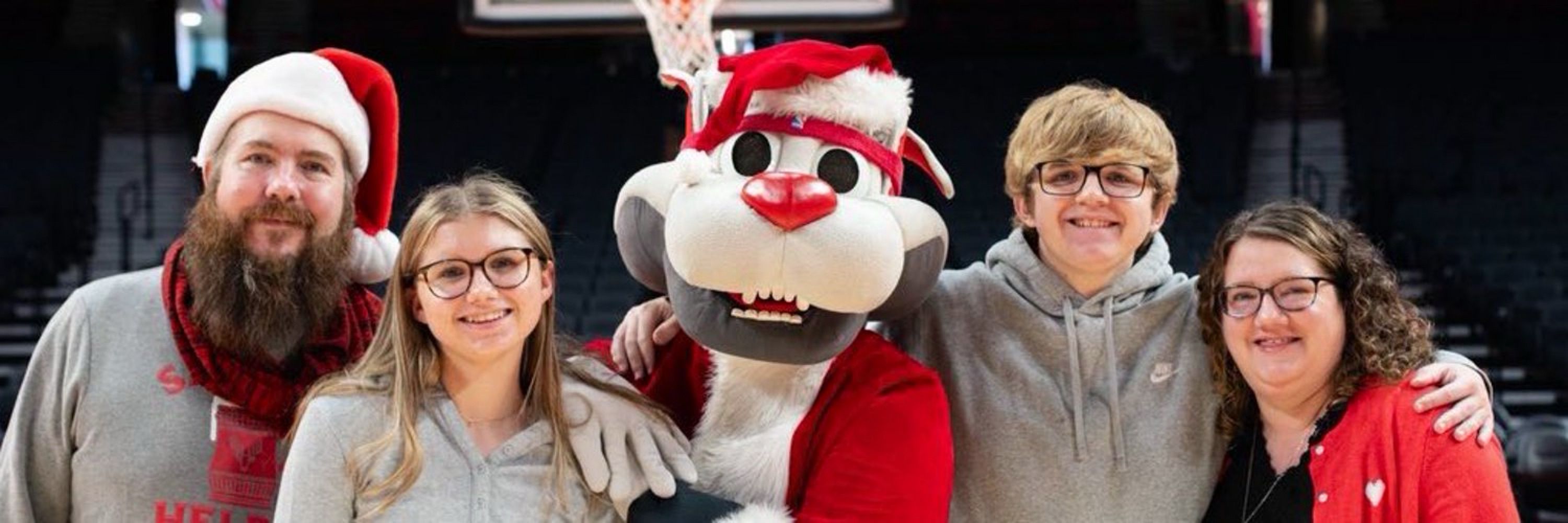The Tortured Florist Department 🍉🍎🌺⛓️⏰
@paintnpdx.bsky.social
570 followers
560 following
4.7K posts
Downtown Pdx florist. Going Floral Blog Hubby/Dad Science/Skepticism Blazers/Raiders/Aces. No. 1 reply guy posting too much shit. Black Lives Matter (he/him)
Posts
Media
Videos
Starter Packs
Pinned








